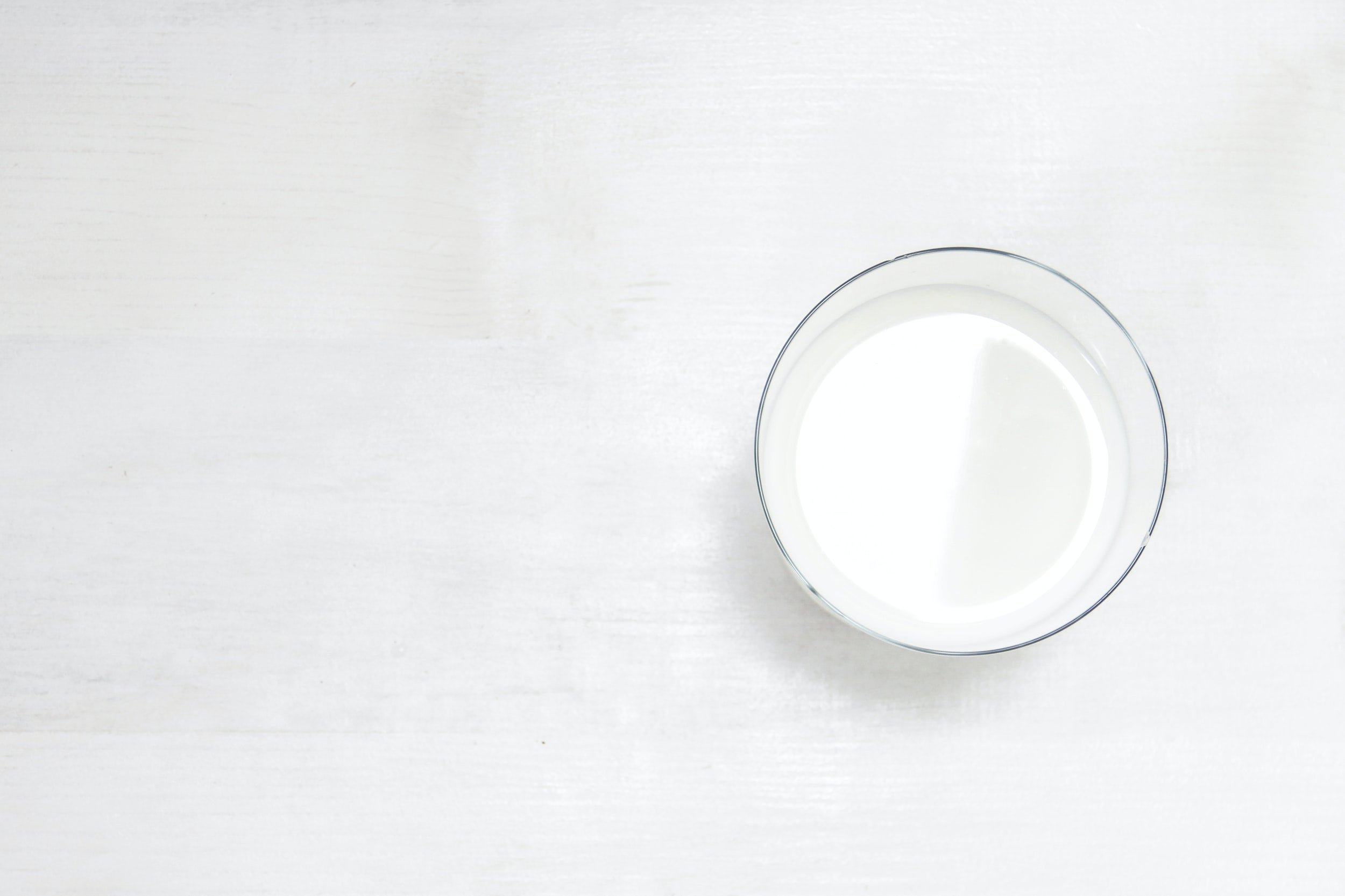Milk choices: pasteurized vs. ultra-pasteurized vs ultra-high temperature pasteurized
We should all give thanks to Mr. Louis Pasteur, a nineteenth century French scientist, who invented the process of pasteurization in 1865. Without him we wouldn't have safe milk (or wine) to drink in our respective refrigerators. Pasteurization is the process in which milk is heated to destroy bacteria and to ensure milk (or wine) is safe for consumption and, as a bonus, gives us the gift of longer shelf lives.
There are three types of milk pasteurization:
high temp short time (HTST), which is the standard form of pasteurization for milk;
ultra (UP);
and ultra-high temperature (UHT).
High temp short time (HTST) is milk that has been heated to a temperature of at least 161°F for no less than 15 seconds or 145°F for 30 minutes followed by rapid cooling. This type of pasteurization is the standard form used in regular milk found on grocery store shelves, whether it’s whole, 2 percent, 1 percent, or skim.
Ultra-pasteurized (UP) milk heated to 280°F for one to two seconds allowing for extended cold storage refrigeration with an extended shelf life of 60-90 days. This type of milk is great for those who don’t use milk often, but want it for “just in case” moments, like when you need it for a sauce or if you ran out of regular creamer for your morning cup of Joe. It does taste a little different from regular milk, but it has the same nutritional values.
Ultra-high temperature (UHT) pasteurized milk is milk that has been heated to a temperature of 280° -302°F for two seconds making the milk safe for consumption and shelf storage. This product is packaged in sterile, hermetically-sealed containers and can safely be stored without refrigeration for months. You can often find these next to the juice boxes in the grocery store. UHT milk should be refrigerated and consumed within seven days.
Depending on your personal circumstances, you can find options that fit your needs. Everyday consumption; standard high-temperature short time (standard) would be a good choice. If you are afraid of running out of your standard milk, you might keep Ultra pasteurized milk in the refrigerator. You might want to pack Ultra-high temperature milk if you are going camping, as it won’t take up space in your cooler, or it might make a good option in your child's lunch box. Regardless of your milk choice, remember all dairy milk is as good for you as it is delicious.
What’s in an Expiration Date
Expiration dates are not federally required, although some states do require them, and don’t necessarily indicate a product’s safety (with the exception of baby formula).
You can thank Al Capone for the existence of expiration or use-by dates. Rumor has it that after a family member became sick by drinking sour milk he lobbied the Chicago City Council to require dates on milk. He also, allegedly, wanted out of the gangster business and saw milk as his way out, as it had higher profit margins than alcohol and would allow him to become a legit businessman.
In actuality, expiration dates don’t mean much, there is no federal regulation on any product in the United States except baby formula. With milk, these sell by/use by dates refer to peak freshness for consumption. They are set by the states and are marketing terms more than anything.

